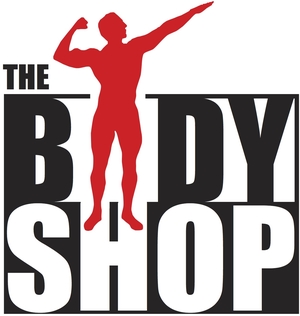When it comes to the basic, biggest bang for your buck exercises--we love the push-up. After all, a true test of strength is how well we can maneuver our own body weight. If you’re new to fitness or just haven’t yet been able to cross off “doing a full push-up” from your fitness bucket list, it’s time to hone in! These FOUR modified push-up variations will help you work up to the real thing.
It’s OK if you feel like you’re “not good” at push-ups! These modifications or regressions, which are slightly easier variations, exist to help you build the necessary muscles required to get you mastering a full push-up. Think of them as prerequisites.
The push-up is a great way to improve upper body strength, specifically the chest (pectorals), back of the arms (triceps), and shoulders (deltoids). It also requires a ton of core strength to maintain proper alignment. These are the areas we need to focus on whipping into shape.
Push-Up Technique
Regardless of the type of push-up you’re doing, doing it properly is the most important thing. If you feel like the modified version that you are doing is still too challenging to keep your form, that’s a good cue that you may need to regress down a level. Alternately, if you can perform 8-10 reps with excellent form and control, its probably time to level up.
Hands: Hands should be directly underneath the shoulders. How wide you choose to place your hands can vary. Different widths will target the muscles differently. General rule can be to start with slight wider than shoulder width. (A closer hand position will work more of the back of the arm or tricep and typically is more challenging.) Pointer fingers should be pointing forward. It’s also a good cue to think of screwing your hands into the floor away from you thumbs. This helps stabilize the shoulders.
Head/ Neck: Gaze should be down, chin slightly tucked, so that we are keeping our head and neck in line with the rest of our spine.
Shoulders: These should be down and back away from your ears. You want to be pushing up throw your shoulders and not sinking through the middle of your back.
Hips/Core/Low Back: To keep it simple, you don’t want to be sagging through your mid section. This is an indication that your core is not active and hips maybe tilted anteriorly. On a proper pushup, the first thing to touch the ground would be your chest, not your hips. To accomplish this, think of tucking your “tucking your tall” to align hips properly.
Feet: Feet width is personal preference. The closer together your feet are, the smaller your base which could potentially make the exercise more challenging. Start with your feet about hip width apart.
Listed in order in which we would progress with clients (from less challenging to more challenging…).
#1: Incline Push-ups on Smith Machine
#2: Negative Push-ups
These are great if you are on the verge of being able to do a full push-up or you can do a couple and want to work on increasing your repetitions. Rather than focusing on the “push” you are focusing all of your effort on the eccentric or downward motion. Start in a high plank. Keep a nice flat, “Table-Top” back. Lower yourself down, slow and controlled, fighting the resistance of your body weight. Try to lower down for a 3 or 5 second count. Here is where you use your muscles! Head, chest, hips, and knees all come down in one straight line.
Help yourself back to your knees, using little effort. Then, back to your high plank for another rep!
#3: Banded Push-ups
#4: Half Rep Push-ups
With this variation, you might feel like you are “cheating” because you are only performing half of the range of motion, however, it will help train your core to maintain positioning throughout the range of motion. It will also help improve your tricep strength when locking out at the top. It is great way to improve your push-up confidence because it means that you are almost there!


